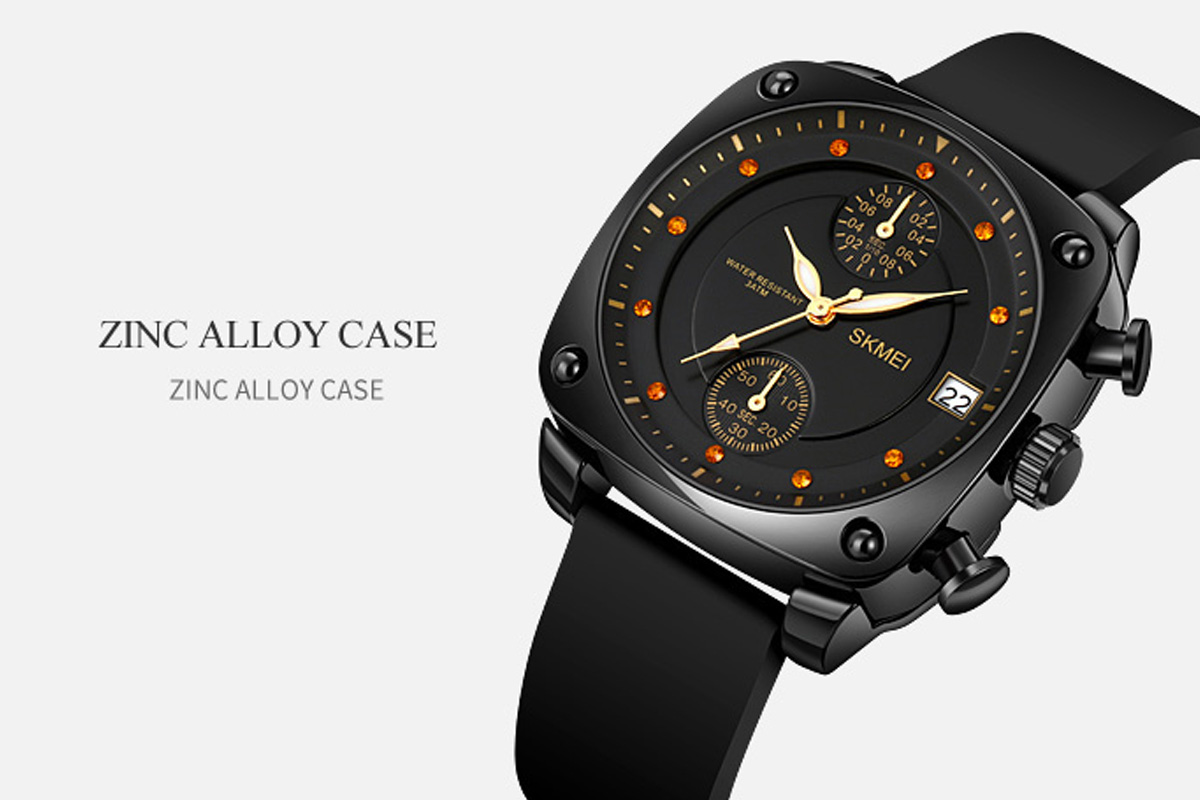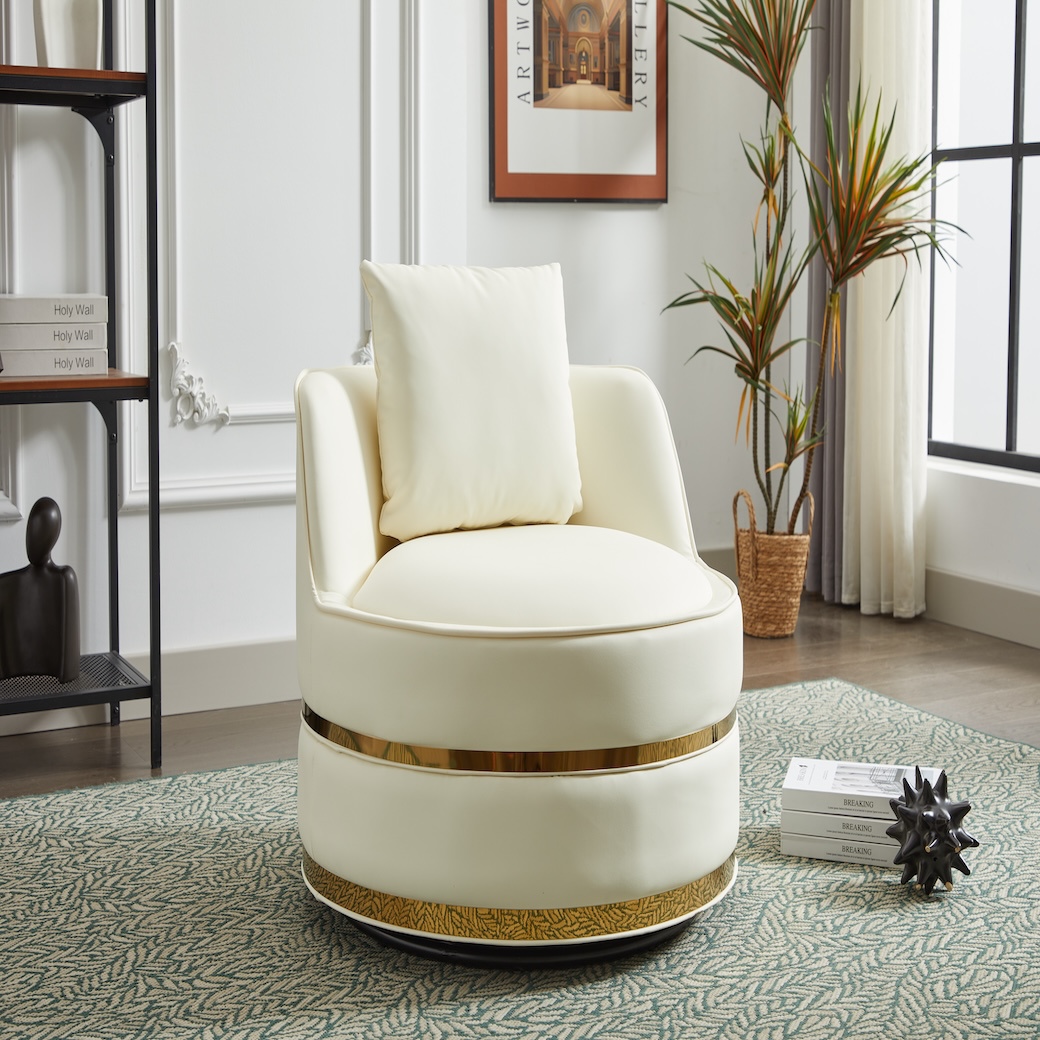For most of us, a wristwatch is a simple commodity that helps keep track of time and complement one’s outfit. It is also a relatively small device that doesn’t often catch attention in the first place.
But what may be quite surprising for many is this small device has a rich history stretching back centuries. And if something has been around for so long, there is a lot of ground for interesting facts, statistics, and folklore.
Following, we have combined the most exciting watch facts and statistics you probably didn’t know about.
So, keep on reading to find out about the fascinating world of watches!
1.The Most Complicated Watch Consists of 2,826 Parts
When a simple quartz watch consists of a few dozen parts and a mechanical watch a little more than a hundred, then the most complicated watch ever made has 2,826 parts crammed into a few inches.

The honor belongs to the Constantin Vacheron Reference 57260.
This unbelievable pocket watch took eight years to assemble, consists of 57 complications, weighs a whopping 957 grams (33.7 ounces) and stretches 98mm in diameter.
Like the Patek Philippe Grandmaster, there’s only one such timepiece ever created. It was ordered by a major watch collector who reportedly paid more than $10 million for this masterpiece.
2.The Largest Watch Measures an Insane 90mm
The Japanese brand MUSK came out with an experimental wristwatch in 2006. No, it didn’t have unique design elements, and neither did it have any sort of experimental material that had not been used before in a watch.
Instead, what MUSK did was that it introduced the largest watch in the world that measured an unbelievable 90mm in case diameter.
I must say it’s the worst-looking watch ever produced. And not only does it look ugly, but there’s absolutely no way that a man can actually wear it.
Be that as it may, the hype around the MUSK MR2129 didn’t last long, and, fortunately, it is not being produced anymore.
3.The Oldest Wristwatch Dates Back to 1571
Even though it is difficult to determine what the first wrist-worn watch exactly was (mainly because of insufficient information), many historians consider it to be the one that Robert Dudley, the Earl of Leicester, gifted as a new year present to Queen Elizabeth I in 1571.
The “armlet” was described as follows: “In the closing thearof a clocke, and in the forepart of the same a faire lozengie djamond without a foyle, hanging thereat a rounde juell fully garnished with dyamondes and a perle pendaunt.”
However, when it comes to the first portable watch, it was the Pomander watch dating back to 1505.
 Pages you might like
Pages you might like








 Latest information
Latest information
 Follow official account
Follow official account
 Online support
Online support
 鄂ICP备2022017323号
鄂ICP备2022017323号
 鄂公网安备 42018502006493
鄂公网安备 42018502006493
 Launch Exhibition
Launch Exhibition
 Release information
Release information



 Today's topic
Today's topic








